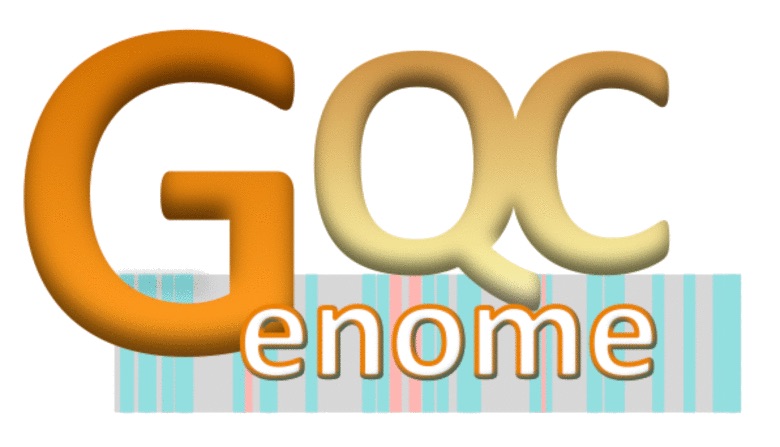Welcome to GenomeQC website!
How to cite GenomeQC:
GenomeQC: A quality assessment tool for genome assemblies and gene structure annotations Nancy Manchanda, John L. Portwood II, Margaret R. Woodhouse, Arun S. Seetharam, Carolyn J. Lawrence-Dill, Carson M. Andorf, Matthew B. Hufford
https://bmcgenomics.biomedcentral.com/articles/10.1186/s12864-020-6568-2
GenomeQC is a user-friendly and interactive platform that generates descriptive summaries with intuitive graphics for genome assemblies and structural annotations. It also benchmarks user supplied assemblies and annotations against the publicly available reference genomes of their choice.
The web application is designed to compute assembly and annotation statistics for small to medium-sized genomes with an upper limit of 2.5 Gb (the approximate size of the maize genome).
The tool’s analysis interface is organized into 3 sections:
1. Compare reference genomes
This section displays various assembly and annotation metrics for the user-selected list of reference genomes.
2. Analyse your genome assembly
This section provides the user the option to perform analysis on their genome assembly as well as benchmark their analysis with pre-computed reference genomes.
3. Analyse your genome annotation
This section provides the user the option to perform analysis on their genome annotations as well as benchmark their analysis with the pre-computed reference annotations.
